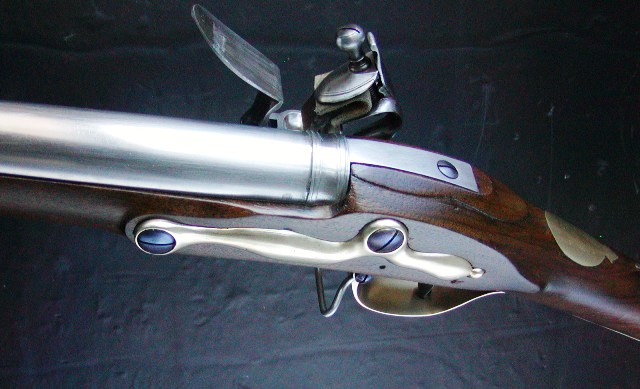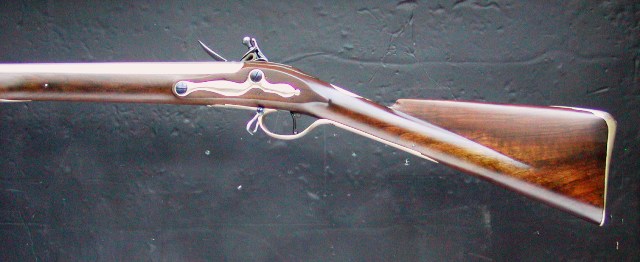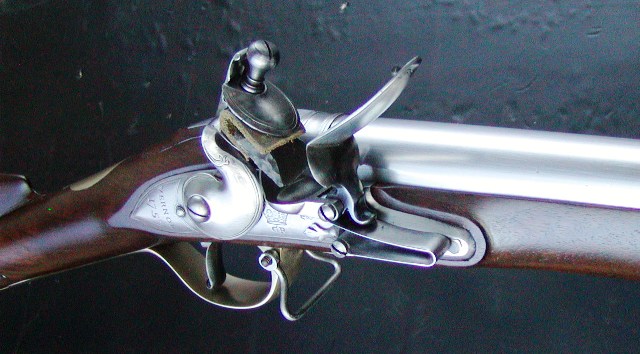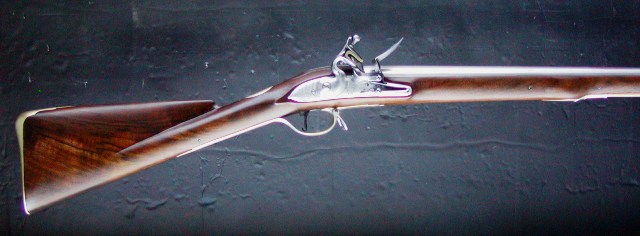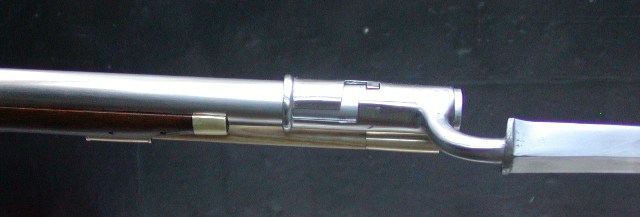I don't know how knowledgeable I can be but here's what I have seen.
The earlier carbines were often called musketoons. Aside from the various shortened muskets in the American Revolution, the British army had a Paget carbine in the very early years of the 1800s. There was also a French 1777 Model Flintlock Carbine or Musketoon iIntroduced during the American Revolution, and later came their 1816 Light Cavalry carbine. I know there are many others, but hopefully this will get you started. Visual styles can be seen on the miilitary heritage website (not a recommendation to buy anything but you can see what these looked like).
More to read at Wikipedia -
Carbine - Wikipedia.








